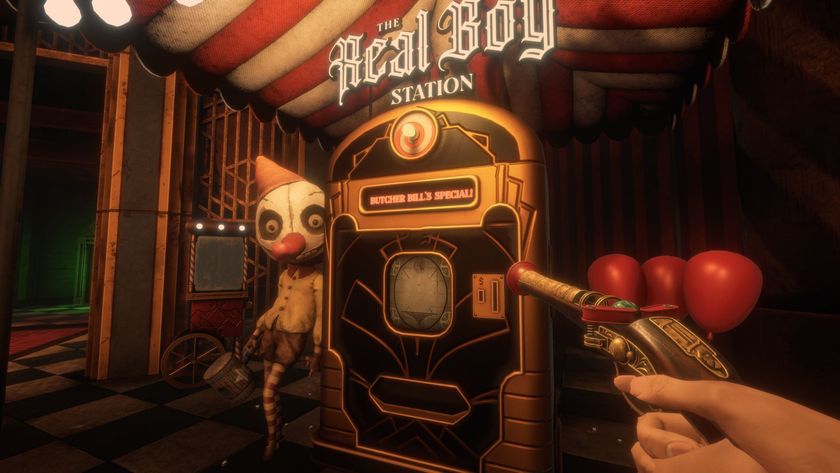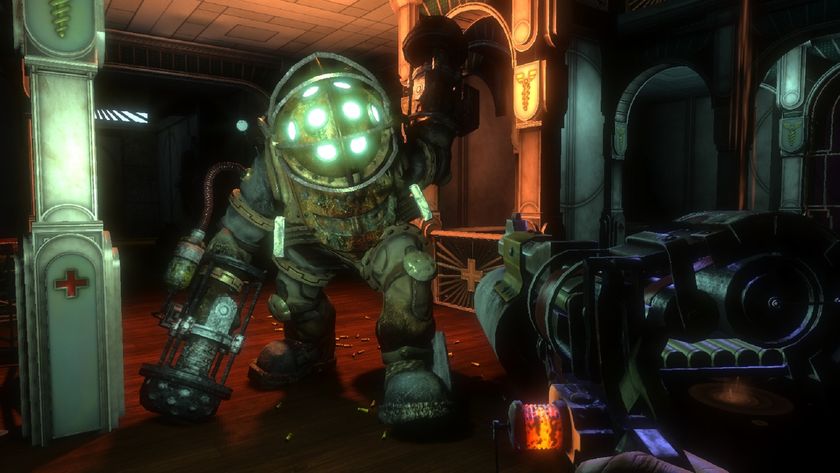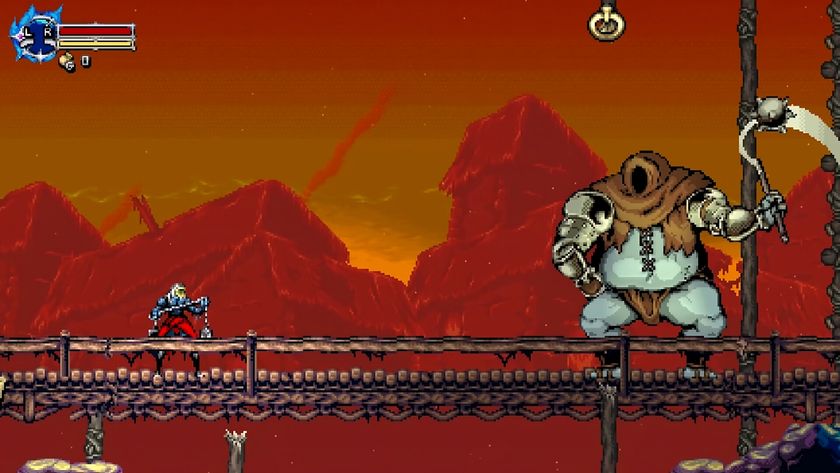How BioShock 2 will be better than the first
10 genetic upgrades, explained - and illustrated with video - by the sequel’s creative director
Rapture has changed. Rapture is not what you expect.
JT: “Our first goal is to bring new mystery to Rapture. The events of BioShock 2 take place 10 years – roughly – after the events of the first game. A ton of things have changed. Rapture is evolving in the absence of the guiding influence of Andrew Ryan. The Splicers are going tribal. They’re starting to think of Andrew Ryan as more of a diabolical figure who led them astray, and to revere the player of the first game as a messiah.”
“The first generation Splicers are addicted to a substance that ultimately causes death if you don’t keep splicing with it. The guys who have managed to survive all that time are the ones who have gone feral and are starting to become quite post-human. Our ceiling crawlers are leaping to ‘clutch points’ and are able to navigate really rapidly around surfaces that you put between you and them. They’re also lengthening and essentially evolving toward their new survival purpose.”
“To deal with a character like you - to deal with a Big Daddy - they’ve got to use pack tactics.”
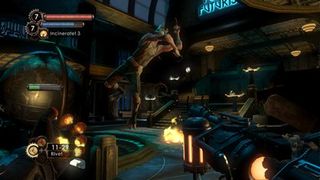
Rapture is bigger, too.
JT: “The Big Daddy is the ultimate survivor and can even take the ocean being dropped on his head. It also allows him to go outside and explore that whole underwater terrain that surrounds Rapture. You know, the bottom of the ocean in real life is almost like an alien world. We wanted to take that and exaggerate it.”
“In BioShock 1, the ocean was very much a character, too – a constant companion. It was with you, but it remained at a distance, separated by glass. In BioShock 2, part of being a Big Daddy means going outside and meeting it face to face.”
Sign up to the 12DOVE Newsletter
Weekly digests, tales from the communities you love, and more
“You can go where the Splicers cannot, take the voyeuristic opportunity to look in on places you’re about to enter and use that information to plan an encounter that, in the first game, you wouldn’t have been able to. While you’re out there, you get updates on the story and you can pick up loose Adam slugs that are only available outside. We hope the player will look outside and go, “Oh, only I can go out there! I’m going to go explore and see what I can find!”
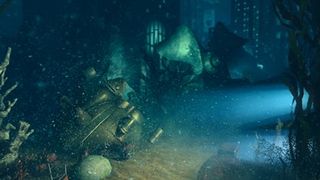
The Little Sisters are more important than ever.
JT: “In the first game, you were very much like a Splicer – a human man running around and slowly becoming more monstrous over the course of the game. In BioShock 2, the world perceives you as a Big Daddy. One of the key changes is in the way that you interact with the Little Sisters. We call this mechanic ‘adoption’.
“There are new Little Sisters in Rapture that have been created out of abductees all over the Atlantic Coast, and the Big Sister is responsible for that. Meanwhile, when you pick her up and put her on your shoulder, the two of you form a dynamic partnership. Your job is to protect her when you place her out in the world and hers is to guide you to Adam. She’ll guide you to these special bodies that have enough Adam in them for her to gather from.
“If you’re going to put her in the world, however, that’s going to draw the Splicers toward her because she – to them – is like a jackpot. That means you have this chance to set up a perimeter and use all of your tools to efficiently process all the guys who will be descending on her and tag the ones who make it through your fence. No two of these fights are exactly alike.”
“The adoption mechanic texturizes your relationship to the Little Sisters, both morally and mechanically, in the sense that they see you as a father. In BioShock 1, you were a stranger. This time around, you’re a family member and they auto trust you. So you have to decide whether you’re going to betray that trust as the only Big Daddy with free will, or if you’re going to rescue them and send them to Tenenbaum. Meanwhile, you can decide - if you’re a super dick - to exploit them the whole way, tap out the Adam in the entire level and then harvest them. At which point, your long-term decisions do play into the ending… and you do get a chance to see it coming.”
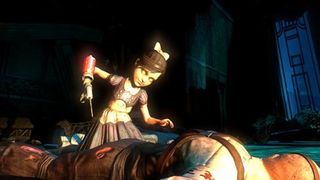
The human characters will seem more, well, human.
JT: “Much of the game is still a radio drama. But if we’re going to have a moment where you confront them in person, it is a fully-fledged, rich and facially animated moment where the two of you share space and you make your decisions looking at a person rather than a shadow.”
Most Popular



